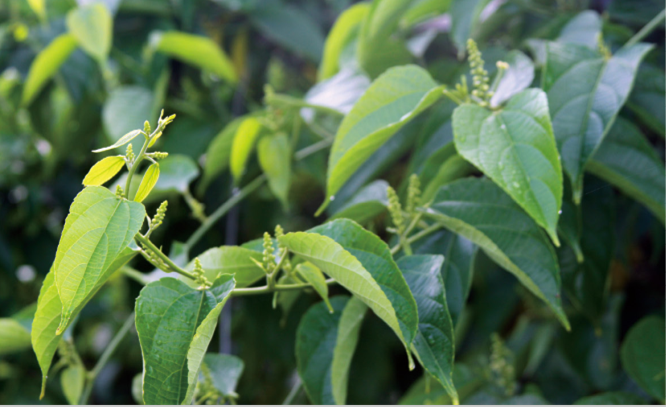
Plukenetia volubilis
Researchers previously developed an efficient method to convert most of the male flower buds to female flower buds by exogenous 6-benzyladenine (6-BA) treatment. However, the gene expression information in florescence buds and the factors regulating floral sex in
Prof. XU Zengfu and his team from Xishuangbanna Tropical Botanical Garden (XTBG) of the Chinese Academy of Sciences conducted a study aiming to reveal sex differences in
They performed
More than 104.1 million clean reads and 57,664 unigenes were obtained from the two transcriptome libraries.
Several genes, such as PvoGH3.1, PvoGH3.3, and PvoIAA14, were up-regulated in FIB. Therefore, an abundance of auxin signaling in FIB may potentially lead to female tissue development of P. volubilis.
The results indicated that the mechanism of sex differentiation in P. volubilis might be different from that of cucumber, melon, or Opuntia stenopetala. The crosstalk and balance of multiple phytohormones might affect sex differentiation in P. volubilis.
The study entitled "De novo transcriptome assembly and comparative analysis between male and benzyladenine-induced female inflorescence buds of Plukenetia volubilis" has been published in Journal of Plant Physiology.

Plukenetia volubilis (Image by FU Qiantang)

86-10-68597521 (day)
86-10-68597289 (night)

52 Sanlihe Rd., Xicheng District,
Beijing, China (100864)

